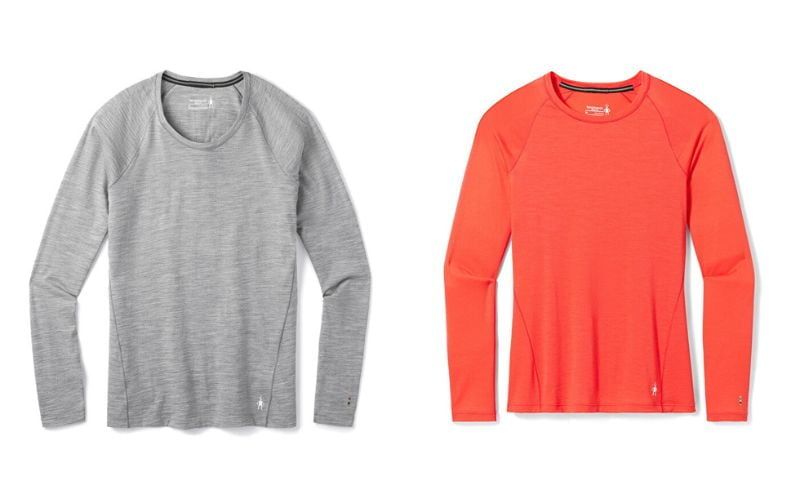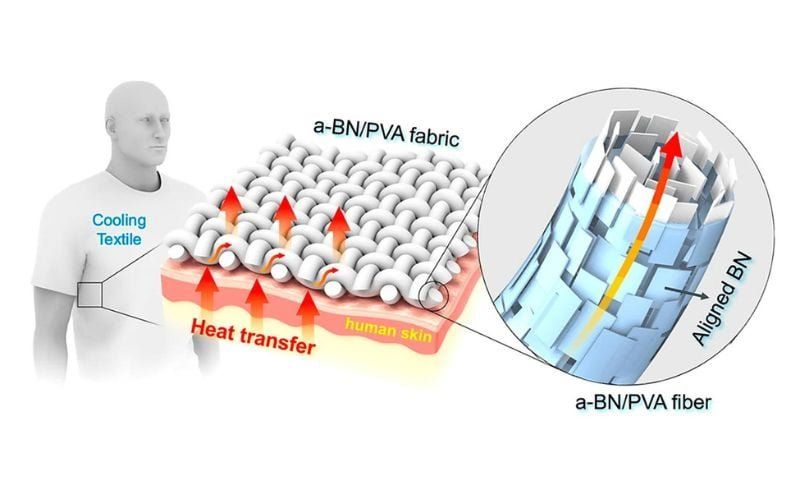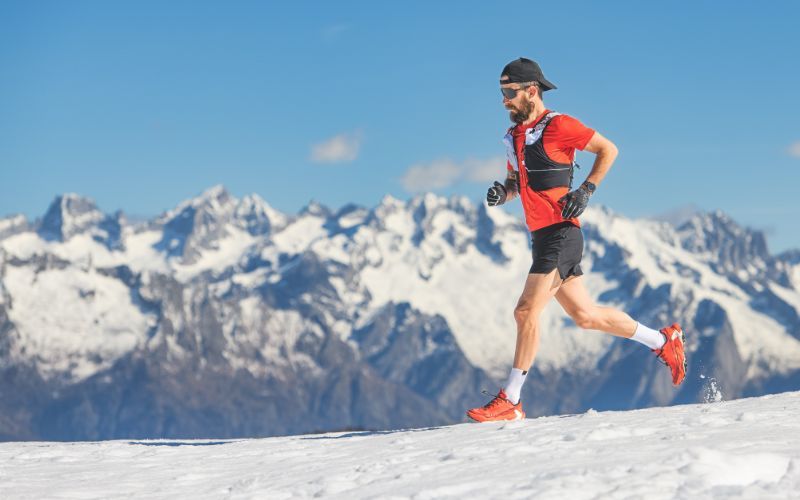
Weatherproof Jackets : The Quintessential Companion for Every Super Trekker 2023
The arena of apparel and footwear crafted for trekkers is vast, yet among these, weatherproof jackets command a distinct respect. These are not mere pieces of cloth but technological marvels designed to stand as a bulwark against nature’s unpredictability. Acting as a liaison between advanced technology and practical utility, these jackets are more than attire — they symbolize a trekker’s primary defense against the fickle temperament of the elements. Let’s delve into the intricate world of weatherproof jackets, understanding their evolution, the tech behind them, and guidelines for selection.

Table of Contents – Weatherproof Jackets
Materials and Technologies Behind Weatherproofing – Weatherproof Jackets
Central to grasping weatherproofing is an appreciation of the materials that give these jackets their unique protective properties. Contemporary jackets frequently employ synthetic masterpieces like Gore-Tex, eVent, or Polartec. These are celebrated not just for their waterproof characteristics but also their ability to promote skin breathability. To further amplify the efficiency of these materials, the jacket’s construction integrates elements like sealed seams, waterproof zippers, and storm flaps to foster an almost unbreachable shield against moisture. Yet, amidst this, breathability remains crucial, ensuring that during intense endeavors, the wearer is protected from both external precipitation and internal perspiration.

Types of Jackets for Varied Treks – Weatherproof Jackets
Different trekking environments demand distinct jacket types. Hardshells, for example, are the champions against torrential rains, snowstorms, and gusty winds. Their lightweight nature combined with packability makes them indispensable for challenging terrains, even if they may not champion breathability. In contrast, softshells focus on ensuring breathability while offering moderate insulation and shielding against mild rain and wind. For those icy, bitter conditions, insulated jackets rise to prominence, marrying weatherproofing with essential warmth.

The Subtleties in Design – Weatherproof Jackets
Often, it’s the nuanced aspects that heighten a jacket’s functionality. Consider the design of the hood. It should be easily modifiable, compatible with helmets, and should allow an unhindered peripheral view. Pockets, though sometimes underestimated, need to be astutely placed, ensuring they’re within reach even when wearing backpacks or harnesses. Underarm vents become crucial in intense physical activities, facilitating rapid cooling. And, the importance of adjustable cuffs and hems cannot be overstressed — they often decide whether one’s experience is comfortably snug or irksomely drafty.
Care, Longevity and Efficacy – Weatherproof Jackets
Delving deeper into the realm of weatherproof jackets, it becomes clear that their optimal performance, lifespan, and efficacy are intrinsically linked to proper care and understanding of their inherent material properties. This intersection of care, longevity, and efficacy forms a critical axis around which the value proposition of such jackets rotates.
Material Considerations in Care
Each weatherproof jacket, depending on its specific construction and material, demands a distinct care regimen. Synthetic materials, for instance, can lose their water repellency over time, not because the material itself degrades, but often because of the accumulation of dirt and body oils. Such residues can impede the performance of the Durable Water Repellent (DWR) coating. Hence, periodic cleaning, using specialized detergents, can rejuvenate the material’s innate repellency properties.

Preservation of Jacket Integrity
Beyond cleaning, the physical integrity of the jacket is paramount. Storing the jacket in a cool, dry place, away from direct sunlight, ensures the synthetic fibers do not degrade prematurely. Also, while it might seem counterintuitive, avoiding frequent folding in the same pattern can avert potential wear and tear at specific fold lines. Instead, loosely rolling or hanging the jacket can preserve its structural integrity.
Maximizing Longevity Through Repairs and Maintenance
Despite the best care practices, wear and tear are inevitable, especially for gear subjected to rugged terrains and extreme weather conditions. Rather than discarding a jacket at the first sign of damage, proactive repairs can significantly extend its lifespan. This not only includes patching up minor tears but also addressing wear spots, reinforcing stress points, and ensuring zippers and seams remain intact.
Efficacy as a Function of Care
The protective qualities of a jacket—be it water resistance, windproofing, or insulation—deteriorate with neglect. By adhering to specific care guidelines, the jacket retains its original performance metrics for longer durations. The efficacy of a jacket is, thus, not just a measure of its inherent construction but also a testament to the attention it receives post-purchase.
Monitoring Performance and Knowing When to Upgrade
While care can significantly extend a jacket’s functional life, it’s equally vital to remain attuned to signs of diminished performance. Monitoring how the jacket reacts in diverse conditions, be it persistent dampness on the inside, reduced wind protection, or even a noticeable drop in insulation, can be indicators that it’s time to either intensify the care regimen, consider substantial repairs, or potentially look for an upgrade.
Conclusion of the Segment:
In essence, the lifecycle and optimal performance of a weatherproof jacket are collaborative results of its intrinsic build quality and the external care it receives. By recognizing the importance of this synergy, trekkers can ensure they are shielded by the very best of what their jacket has to offer, irrespective of the trials posed by nature.
The Sustainability Paradigm – Weatherproof Jackets
In recent years, the global discourse on sustainability has intensified, bringing to the forefront concerns regarding our consumption patterns, material choices, and production methodologies. The outdoor apparel industry, particularly the segment focused on weatherproof jackets, hasn’t been immune to these shifts in collective consciousness. Navigating through the intricacies of the sustainability paradigm requires understanding both the challenges and opportunities that define the current landscape.
Rethinking Materials and Production Processes
Traditionally, weatherproof jackets have relied heavily on synthetic materials, which, while offering excellent performance, have raised eyebrows concerning environmental footprints. PFCs (Perfluorinated Compounds), once a staple in water repellency treatments, are now under scrutiny for their potential environmental harm. As a result, manufacturers are pivoting towards PFC-free DWR (Durable Water Repellent) treatments, promising performance without the accompanying ecological guilt.
Circular Economy and Product Lifecycle
A cornerstone of the sustainability paradigm is transitioning from a linear to a circular economic model. In practical terms, this transition prioritizes longevity, repairability, and recyclability. Brands are increasingly offering repair services, extending the functional life of their products, and when the end does come, ensuring materials can be recycled or repurposed, thereby reducing landfill waste.
Ethical Sourcing and Transparency
The sustainability dialogue isn’t limited to environmental considerations; it encompasses social aspects as well. Ethical sourcing, ensuring fair wages, and maintaining humane working conditions have become non-negotiable benchmarks for leading brands. Additionally, there’s a growing demand for transparency throughout the supply chain, enabling consumers to make informed choices about the products they buy.
Consumer Education and Advocacy
For the sustainability paradigm to take root, brands must transcend their roles as mere product providers. There’s an imperative need to educate consumers about product care, reducing wasteful consumption, and making choices that align with eco-friendly principles. Furthermore, advocacy for sustainable practices, be it through supporting eco-conscious initiatives or fostering community discussions, can amplify the positive impact manifold.
Evaluating the True Cost of Ownership
From a consumer’s perspective, sustainability also translates to evaluating the total cost of ownership. While sustainable jackets might carry a premium price tag, their extended durability, reduced environmental footprint, and alignment with ethical practices often justify the investment. Over time, as sustainable production scales, the hope is that such products will become more accessible to a broader audience.
Conclusion of the Segment:
The sustainability paradigm, with its layers of environmental and ethical considerations, represents a profound shift in how weatherproof jackets are perceived, produced, and consumed. As industry practices evolve, and as consumers become more discerning, the intertwining paths of performance and sustainability will shape the future of outdoor apparel. Embracing this paradigm is not just an option but an imperative for a harmonious coexistence with our planet.
Evaluating Cost and Value – Weatherproof Jackets
In the dynamic realm of outdoor apparel, particularly weatherproof jackets, the conversation often revolves around striking the perfect balance between cost and value. At a cursory glance, the distinction might appear trivial—after all, aren’t cost and value essentially two sides of the same coin? Upon closer examination, the intricate relationship between these two concepts begins to unfold, revealing layers of complexity that demand a more nuanced analysis.
The Tangible and Intangible Aspects of Cost
At its most basic, cost is what a consumer pays to acquire a weatherproof jacket. This tangible expense, however, is influenced by a multitude of factors. Material choices, production techniques, brand reputation, and even marketing strategies can inflate or reduce the cost. But there’s more to it. The intangible costs—like the environmental impact of production or the ethical implications of sourcing practices—also play a role, albeit indirectly, influencing a brand’s overall pricing strategy.
Deciphering the Multifaceted Nature of Value
Value, while inherently linked to cost, delves deeper into the realm of subjective interpretation. It addresses questions like: What benefits does the jacket offer in terms of performance, durability, and comfort? Does the brand’s ethos resonate with the consumer’s personal beliefs? Is there a perceived prestige associated with wearing a particular label? Value is a composite of the tangible benefits a product provides and the intangible satisfaction derived from its ownership.
Long-Term vs. Short-Term Financial Analysis
When evaluating cost and value, it’s imperative to distinguish between short-term expenses and long-term investments. A cheaper jacket might save money upfront but could require frequent replacements or fail to provide adequate protection in extreme conditions. Conversely, a pricier, high-quality jacket might offer extended durability, better performance, and even cost savings in the long run when viewed as a long-term investment.
The Role of Brand Perception and Loyalty
Brands invest heavily in crafting a particular image and building consumer loyalty. Often, loyal customers are willing to pay a premium because they perceive added value in a trusted brand’s products. This perceived value might stem from consistent product quality, positive past experiences, or even the emotional connection established through effective brand storytelling.
Informed Decision-Making: The Ultimate Goal
For consumers, the objective isn’t necessarily to find the cheapest weatherproof jacket but to locate one that offers the best value for its cost. This requires an informed evaluation, considering both immediate and long-term needs, personal preferences, and a thorough understanding of what each product brings to the table.
In Conclusion:
The discourse on cost versus value isn’t a new one, but its relevance in the context of weatherproof jackets is ever-evolving. As technological advancements usher in new materials and designs, and as brands continue to innovate in their marketing strategies, consumers must sharpen their analytical skills. Only by dissecting the intricate relationship between cost and value can one truly make an informed, value-driven purchase decision.
Conclusion – Weatherproof Jackets
In the vast landscape of trekking equipment, the weatherproof jacket stands tall as a testament to human ingenuity and the perpetual quest for comfort amidst nature’s challenges. It embodies the fusion of avant-garde material science with an intuitive understanding of a trekker’s needs. As one curates their trekking ensemble, understanding and investing in the right jacket is not just advisable, but imperative.



